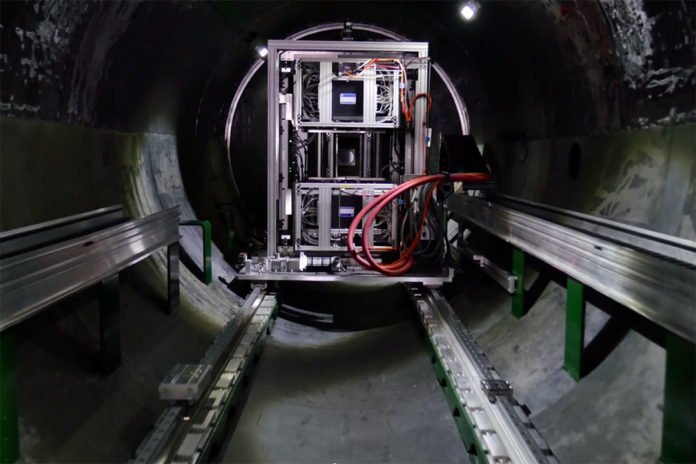Scientists at the National Institute of Standards and Technology (NIST) have to build a new custom-instrument that enables scientists to glimpse moment-by-moment changes in materials on the crucial nanometer scale. Dubbed as ‘Very Small Angle Neutron Scattering (VSANS)’, the instrument fills a gap in vision that U.S. researchers have craved for at least a decade: the ability to spot nanometer-scale changes in materials that could improve the medicines in your cabinet, the chips in your computer and even the soap in your shower.
A view at nanoscale means scientists can observe every little change including how chains of molecules assemble themselves into more complicated structures. The instrument enables scientists to see at nanoscales and even ten times smaller, down to one nanometer.
NIST’s Dan Neumann, a physicist at the NIST Center for Neutron Research (NCNR) said, “It’s the most critical length scale for seeing the emergent properties of materials. You want to know why it works the way it does, so you can improve it.”
scientists can observe changes occur after some time, millisecond by millisecond. Different instruments at the NCNR utilize a comparative methodology as VSANS for looking inside strong items, however, they don’t give basic data over such a wide length scale, nor would they be able to uncover dynamic changes.
Some portion of the instrument’s allure is its capacity to investigate biology. Among the most essential focuses of drugs is additionally a standout amongst the most difficult to contemplate: membrane proteins. Held up inside the defensive external membrane of our cells, these muddled particles oppose think about in light of the fact that they are difficult to take shape (a methodology valuable for dissecting most different proteins), however understanding their conduct is essential for drug design.
Kenneth Rubinson, a guest researcher from Wright State University said, “Using neutrons, we can see these proteins as they look in their natural state. We hope VSANS will let us get this data faster so we can get better models of the structure.”
VSANS also allows its users to explore objects at multiple length scales simultaneously, providing more perspective than either scale alone would offer. For example, one approach for delivering drugs effectively involves encapsulating them in nanometer-sized bubbles called micelles so that they remain in the bloodstream as they travel to their targets. Seeing how these micelles behave and connect with one another appeals to NIST’s Elizabeth Kelley, an instrument scientist at the NCNR.
Kenneth Rubinson said, “With other instruments, it’s like making a movie where you can only see half the picture at once. I’ve lost a lot of time trying to optimize the location we’re looking at so we don’t miss anything, but with VSANS you don’t have that problem. Seeing how these micelles interact over time can help us understand how a drug can get released, or how efficient you are at encapsulating it.”
